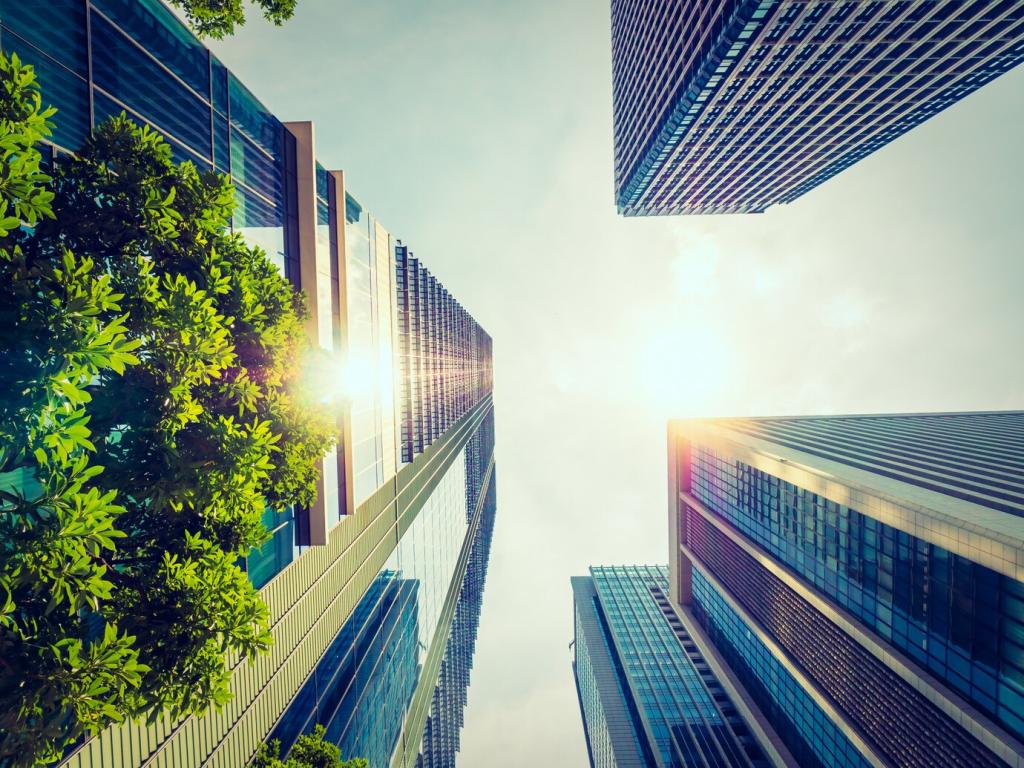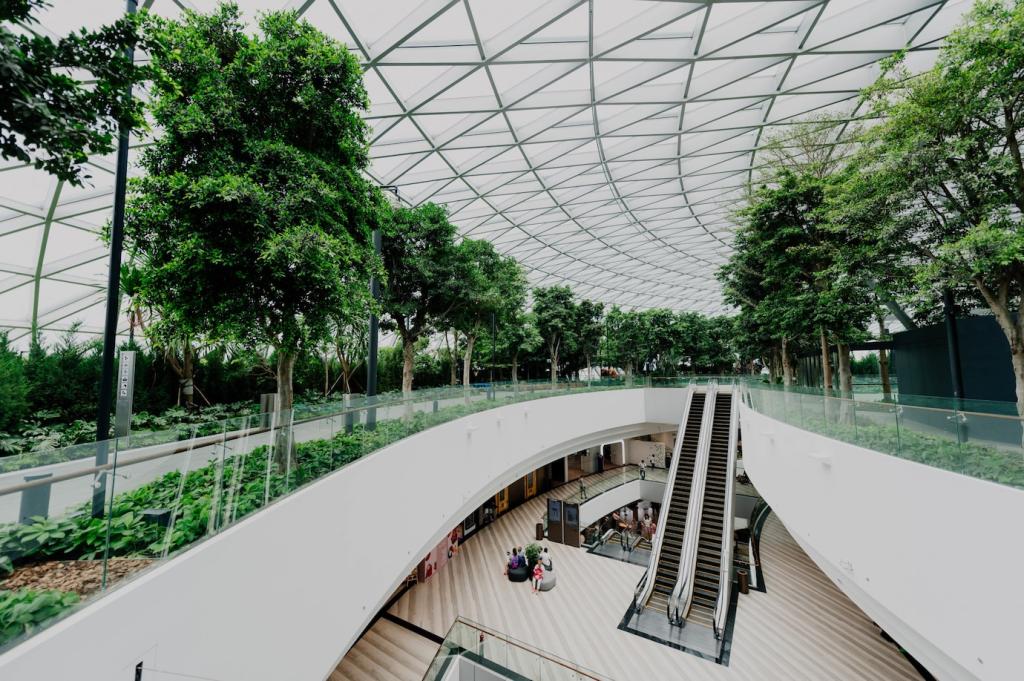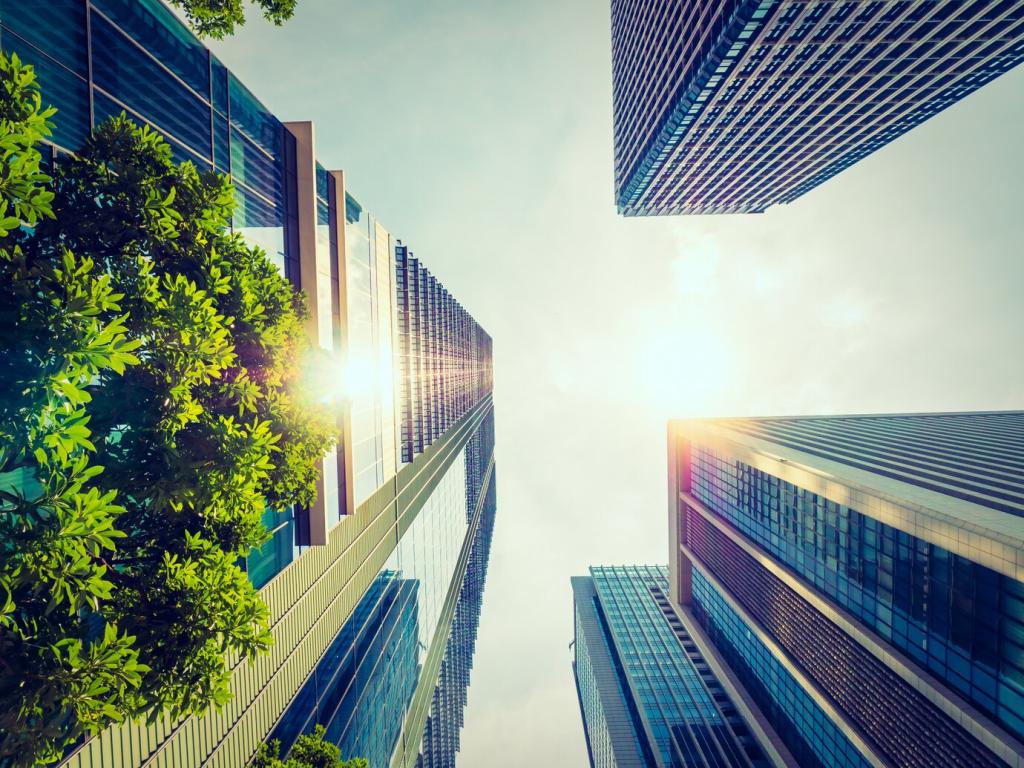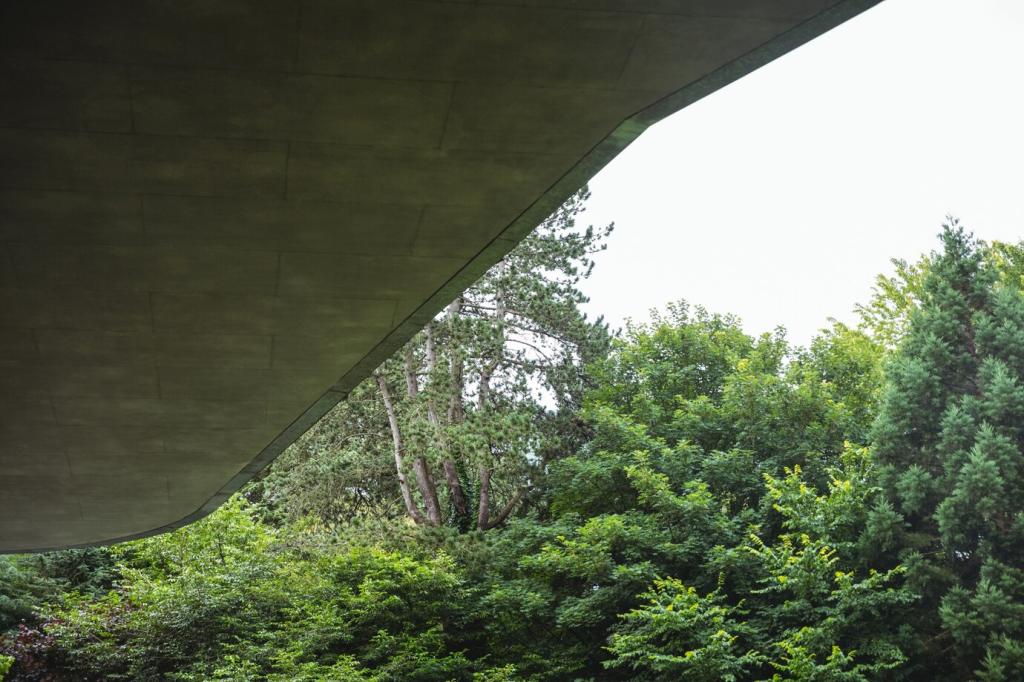Why Sustainable Materials Matter in Urban Spaces
Materials carry a hidden footprint from extraction to disposal. By choosing products with transparent Environmental Product Declarations and long service lives, city homes reduce total emissions, waste fewer resources, and avoid replacements that disrupt neighbors and budgets.
Why Sustainable Materials Matter in Urban Spaces
In dense streets, every delivery, elevator ride, and dumpster matters. Lightweight, prefinished, or modular materials shorten timelines, minimize dust and noise, and fit through tight corridors, making renovations kinder to your household, your neighbors, and your schedule.
Why Sustainable Materials Matter in Urban Spaces
A reader swapped solvent-heavy finishes and cheap drywall for low-VOC paints and high-recycled content gypsum. The apartment aired out fast, smelled clean, and felt quieter. Their message to us: my toddler naps better, and our friends immediately noticed.





